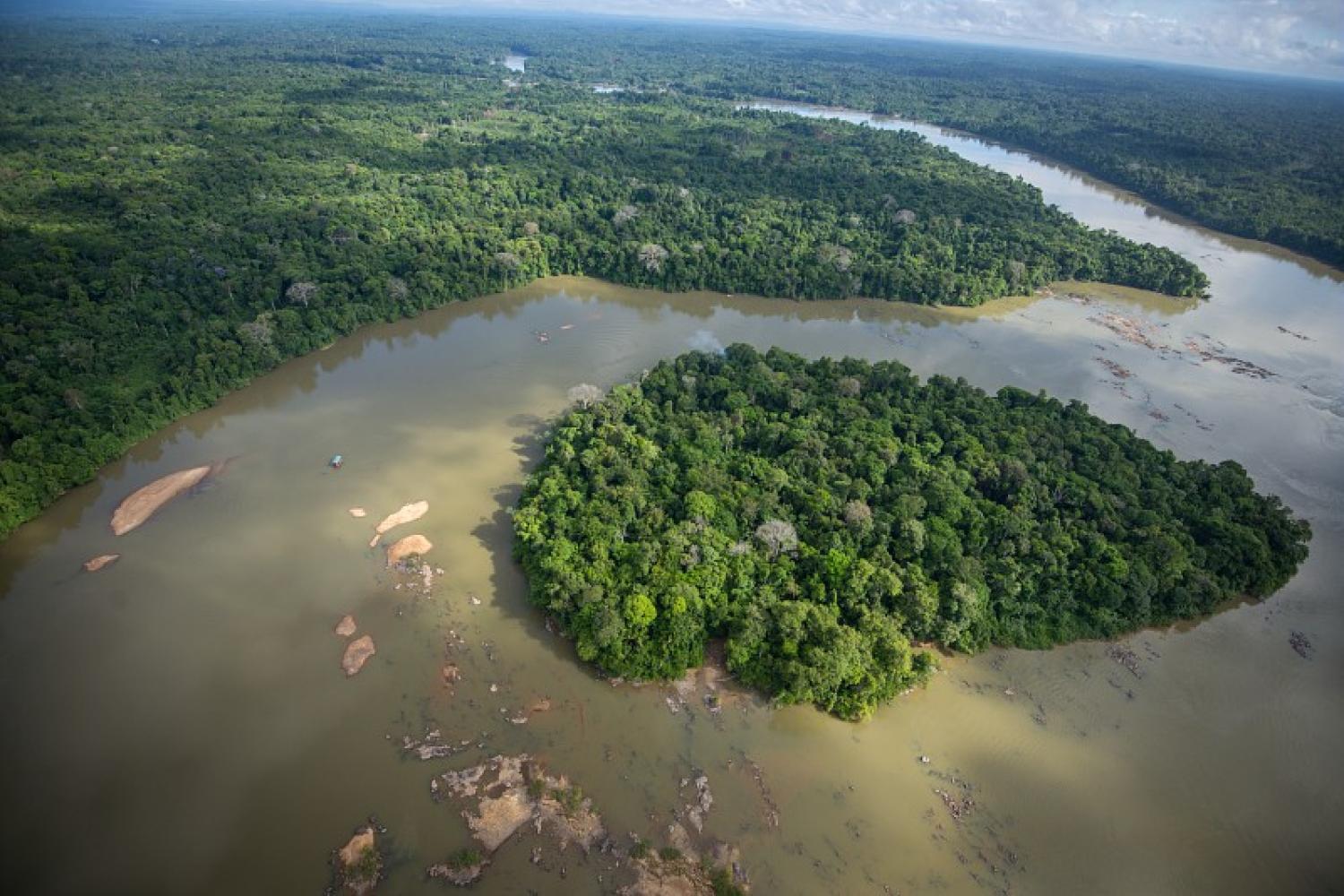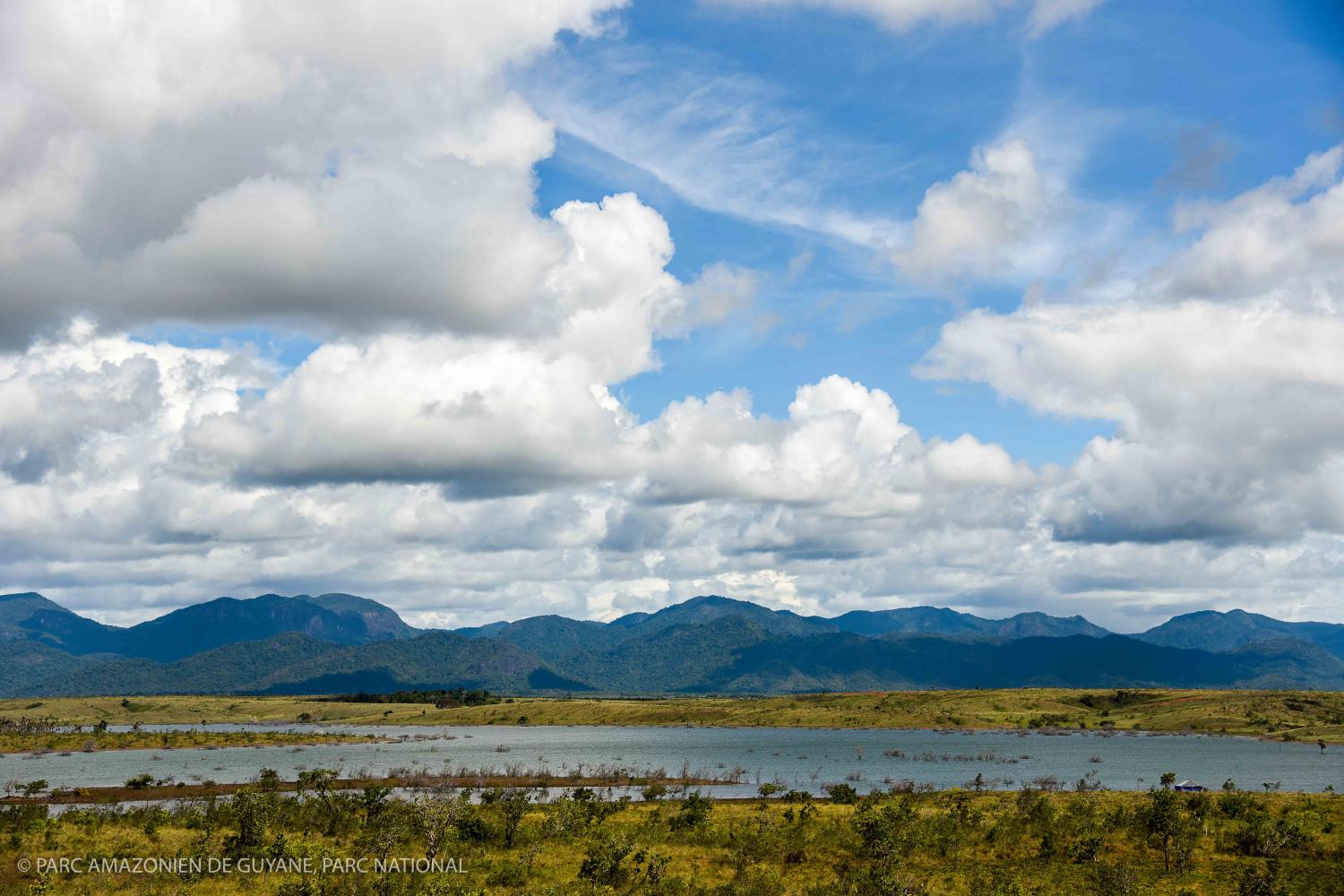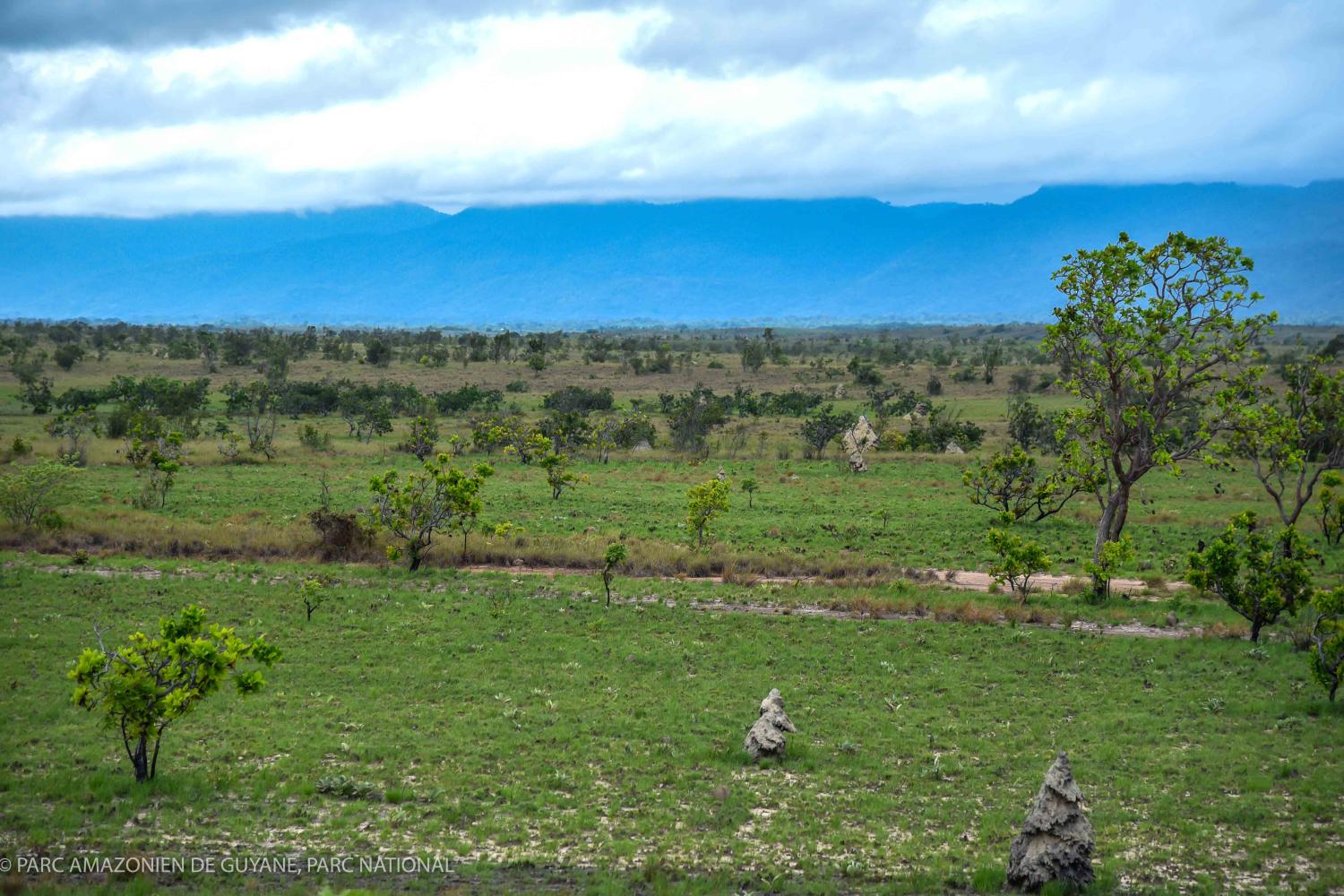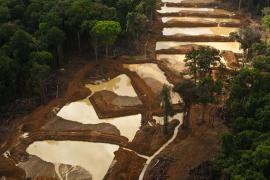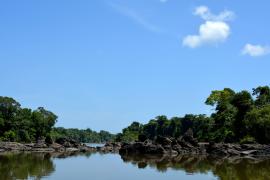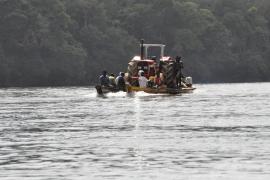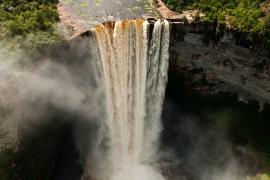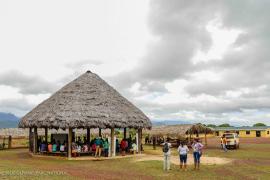Conservation stakes in the Guiana Shield
The Guiana Shield contains one of the largest unspoiled rainforests in the world which delivers important ecosystem services to the region and globally (climate regulation and building climate resilience, supporting hydrological cycles, sequestration of several hundred billion tons of carbon) and harbours a unique natural and human heritage. The maintenance of this ecosystem of global importance depends on a balance between sustainable use of its resources, transformation of certain areas, creating new conservation areas, respecting local heritage, cultures and lifestyles, as well as awareness and strengthening of institutions.
Protected areas, covering a total of nearly a third of the Guiana Shield, are an important instrument to achieve this balance. Far from the wildernesses they were in the 1970s or 1980s, the objectives of protected areas now include early attention to the needs of the people within their communities or in their periphery. In particular, the contribution of protected areas to the local economy, sustainable development of resources, eco-tourism, capacity building and human capital are systematically implemented by protected area management.
Recognition and strengthening Amerindian and Maroon identities has been of particular importance for protected areas of the Guiana Shield, with major outreach, combining participation and inclusive governance, active support for knowledgeable parties and holders of traditional practices, promotions and visibility of knowledge and know-how.
The need for a strengthened cooperation
There is a need for more dialogue amongst protected area managers in order to capitalise on the best experiences and outcomes for local development in isolated areas. Other needs correspond to inclusive and community governance, participatory science protocols, particularly in the context of "Access and Benefit Sharing", capacity building and financing of protected areas.
RENFORESAP is in continuum with regional integration policies of European outermost regions, integration of protected areas of the Amazon Basin (EU project IAPA), networking of protected areas in South America (REDPARQUES) and mobilisation of protected areas and carbon finance (REDD +) in national and regional strategies for climate change.

